We are thrilled to introduce the following confirmed invited speakers who will give talks on state-of-the-art research as well as lead a variety of soft skills sessions.
Doc. RNDr. Martin Kozák, Ph.D.
Martin Kozák studied quantum optics and optoelectronics at the Faculty of Mathematics and Physics of Charles University. Later he spent 3 years as a postdoctoral fellow in Erlangen, Germany. Since 2017 he has been building his own research group at Matfyz, which focuses on the research of ultrafast processes in solids and the investigation of the interaction between light and free electrons in electron microscopes as a part of the ERC project “eWaveShaper”. He received the Neuron prize for this research in 2023.
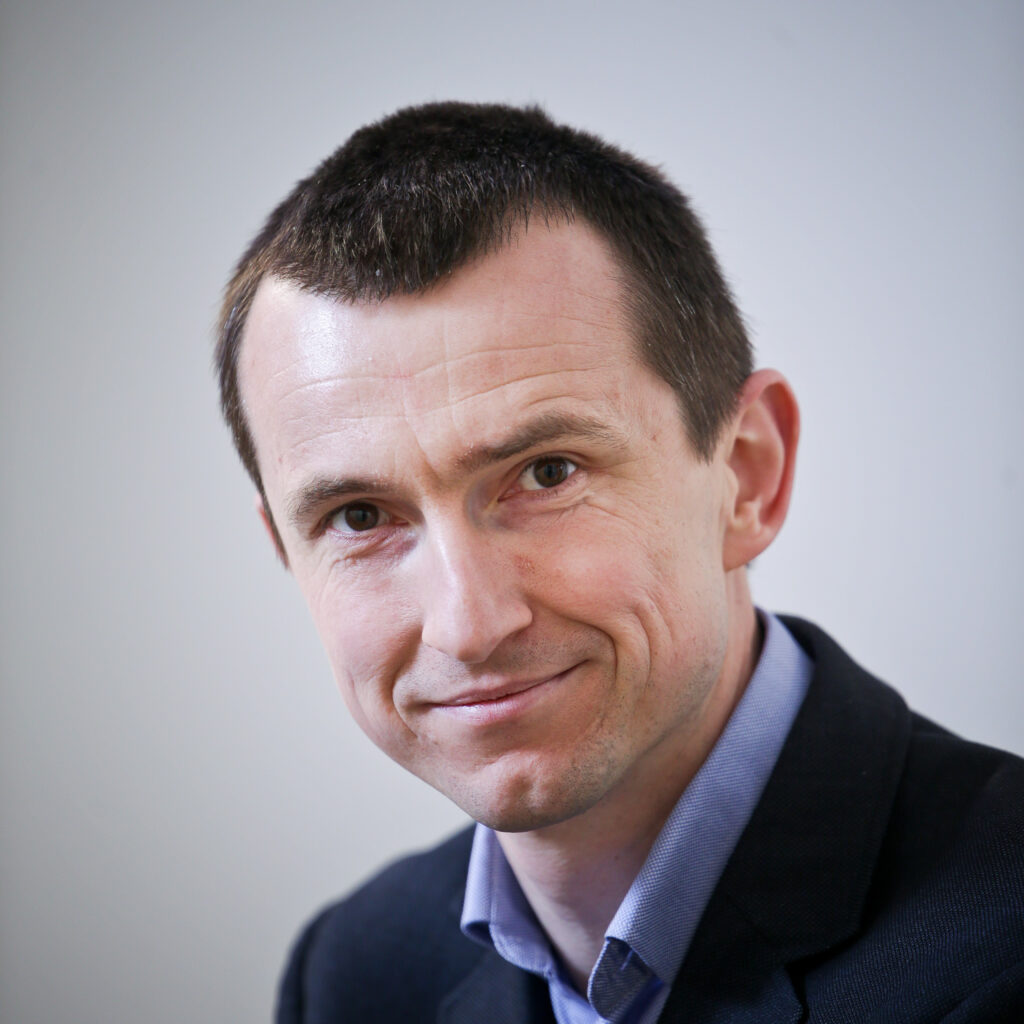
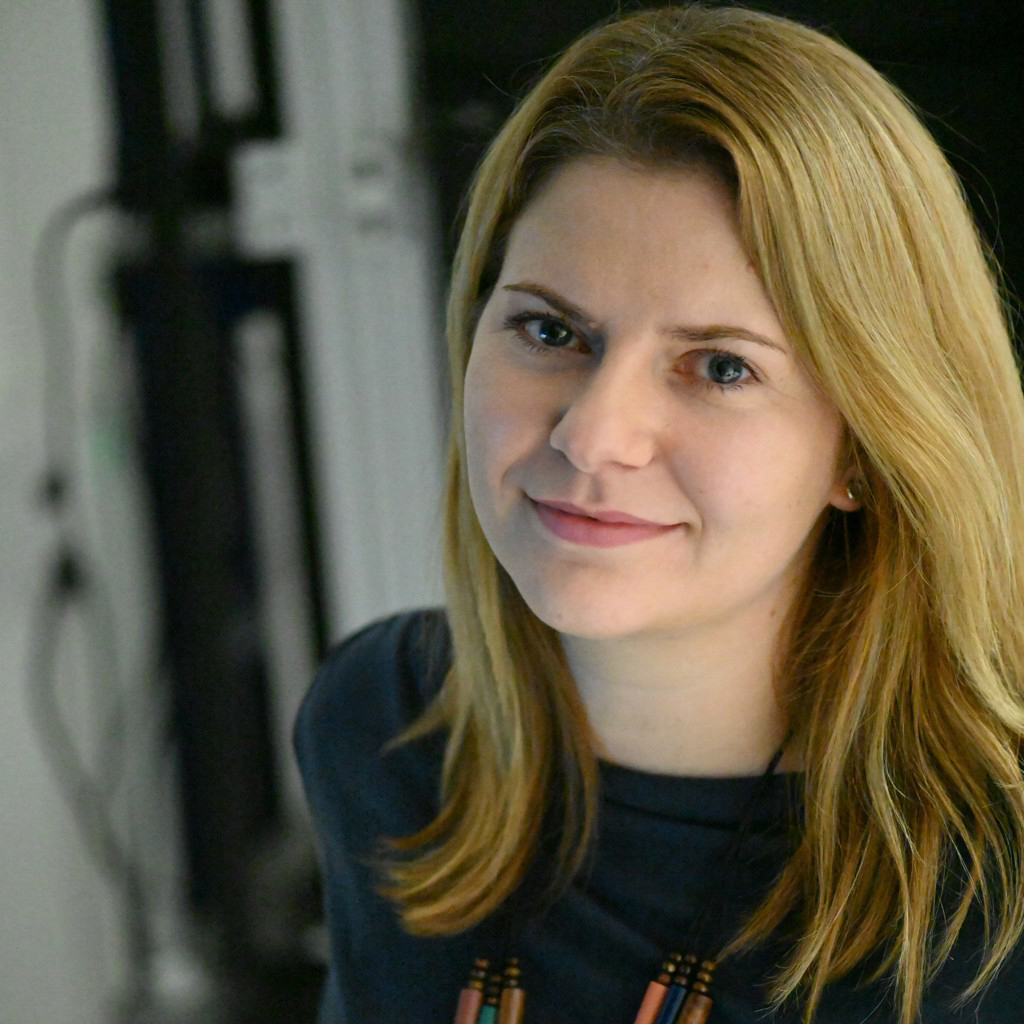
Dr. Katarzyna Komolibus
Dr. Katarzyna Komolibus is a senior researcher in the Biophotonics team at Tyndall National Institute in Cork, Ireland. Kasia received her MSc degree in Electronics and Telecommunications with specialty in Optoelectronics and waveguide technology from the Faculty of Microsystem Electronics and Photonics at Wroclaw University of Technology in 2011. Subsequently, she joined the Centre for Advanced Photonics and Process Analysis at Cork Institute of Technology to pursue a PhD in Applied Physics. Her postgraduate work focused on the characterisation of ultrafast carrier dynamics in novel III-V nanostructures for applications in next generation photonic devices.
Ing. Bc. Pavla Hubálková, Ph.D.
Pavla Hubálková is a science journalist at Charles University and WIRED.cz. Originally, she thought she would become a scientist, so she studied clinical biochemistry at the University of Chemistry and Technology in Prague and completed her PhD in neuroscience at the Third Faculty of Medicine, Charles University. During her Fulbright internship at Northwestern University in Chicago, however, she discovered that she wanted to work in science communication. Last year, she coauthored the first book about science communication.
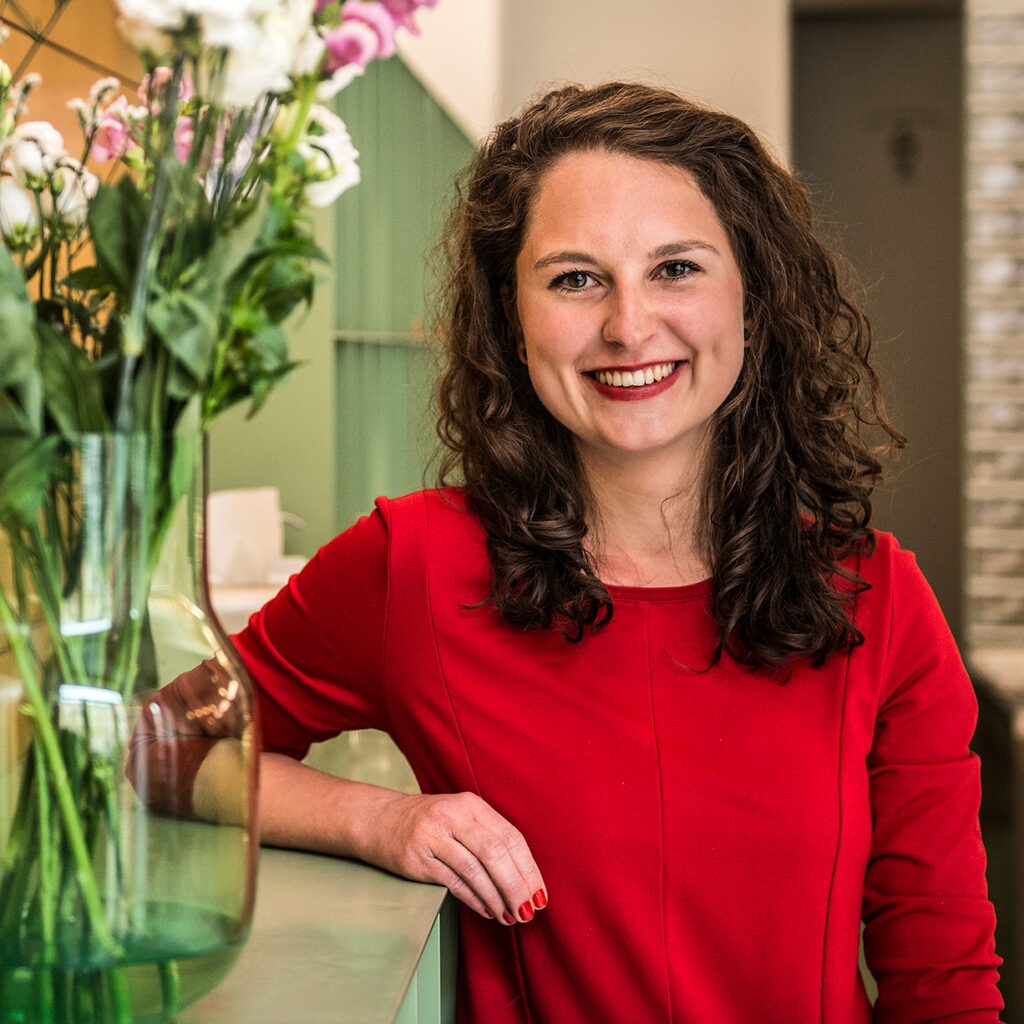
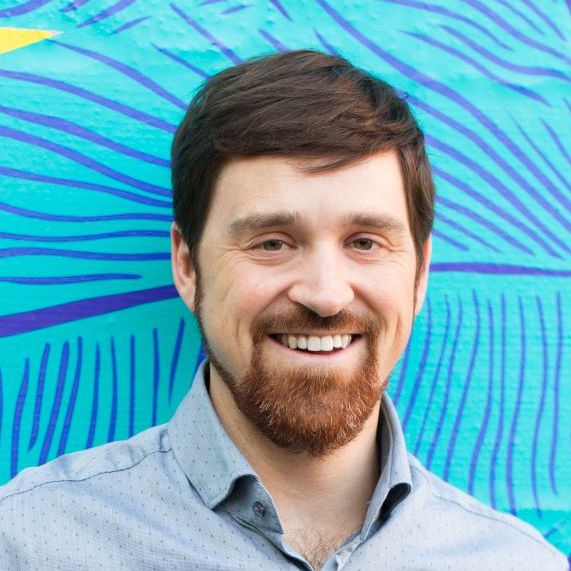
Dr. Chad Husko
Chad is a scientist turned entrepreneur, and the Founder/CEO of Iris Light Technologies, Inc. Our vision is to accelerate the growth of the silicon photonics (‘light chip’) industry by solving ‘the silicon laser problem’ with our proprietary nanomaterial photonic ink.
Select professional service contributions include SBIR review panelist, inaugural class of Optica (OSA) ‘Ambassadors’ in 2016, chair of Optica award committees, and selection as an Optica Senior Member (2017) in recognition of his professional contributions.
Dr. Mateusz Rebarz
Mateusz is an experimental physicist specializing in ultrafast spectroscopy in molecules and condensed matter. He received PhD degree in Physics from Nicolaus Copernicus University (Torun, Poland) in 2007 and later worked at Free University of Brussels (Belgium) and Laboratory of Infrared and Raman Spectroscopy (Lille, France). Since 2015 he is a researcher at ELI Beamlines facility (Czech Republic) in Department of Structural Dynamics. His research interests focus on nonlinear optics and their applications to study ultrafast phenomena. He has 20 years of hands on experience in construction and development of pulsed laser based spectroscopic setups.
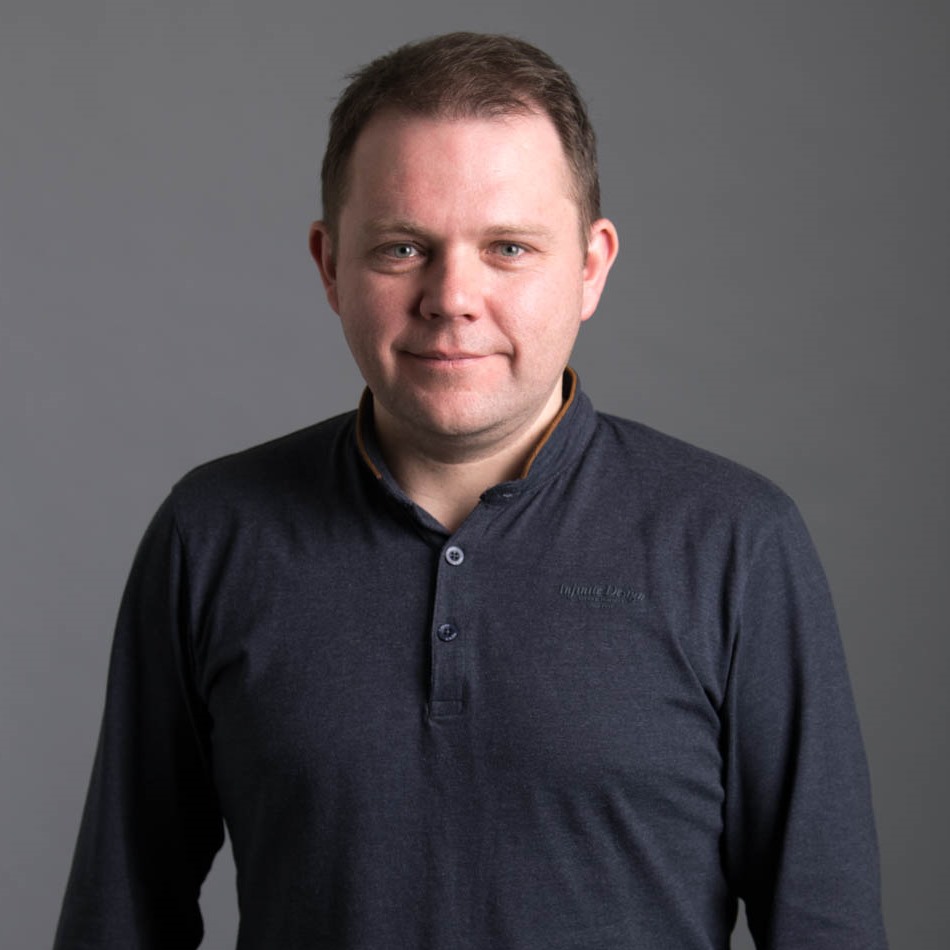
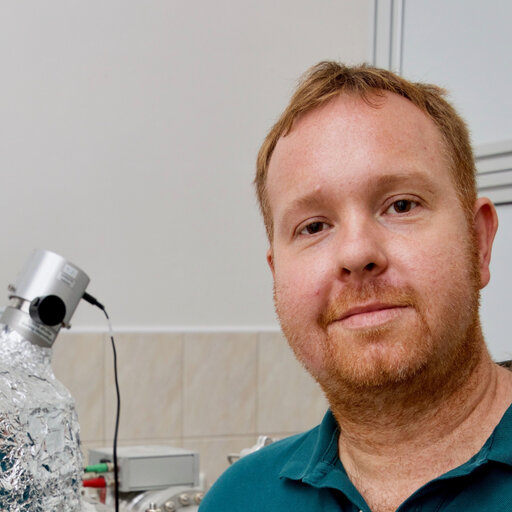
RNDr. Jakub Zázvorka, Ph.D.
Jakub Zázvorka is an academic researcher at the Institute of Physics at the Faculty of Mathematics and Physics of Charles University. After graduating from the doctoral study program Quantum Optics and Optoelectronics in 2016, he joined the group of Prof. Dr. Mathias Kläui at Johannes Gutenberg University in Mainz as a postdoctoral researcher. His work is centred around magneto-optics (including Kerr microscopy imaging), magnetic thin films, and ferromagnetic skyrmions.
Read MoreRNDr. Lukáš Nádvorník, Ph.D.
Lukáš Nádvorník is an assistant professor at the Faculty of Mathematics and Physics in Prague and his expertise is the time-domain terahertz and optical spectroscopy on systems useful in modern spintronics. The main topics include, for example, ultrafast spin transport and spin dynamics in antiferromagnets and other magnetically compensated compounds or van der Waals materials.
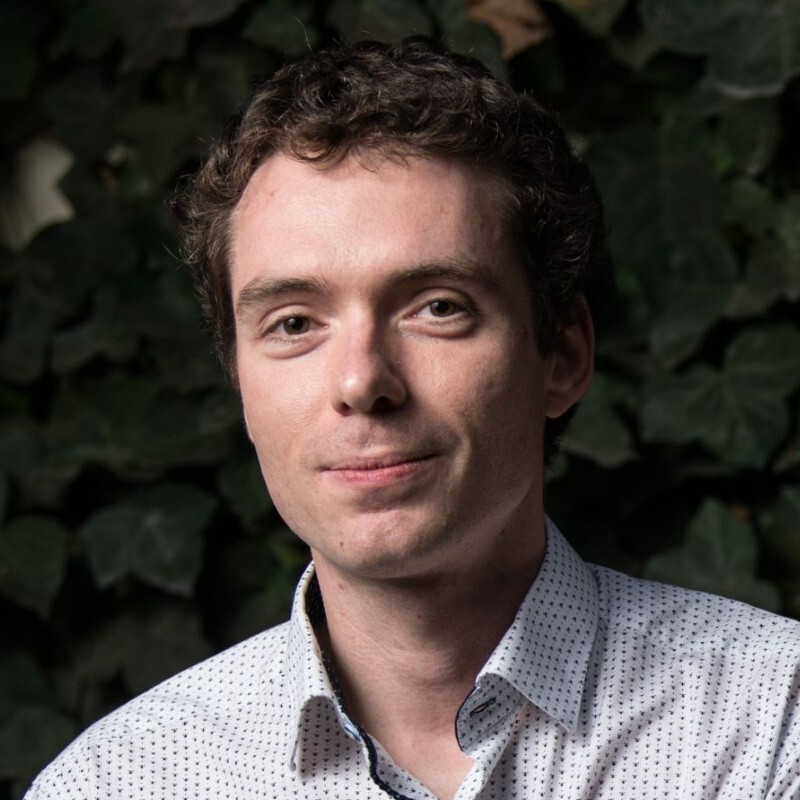
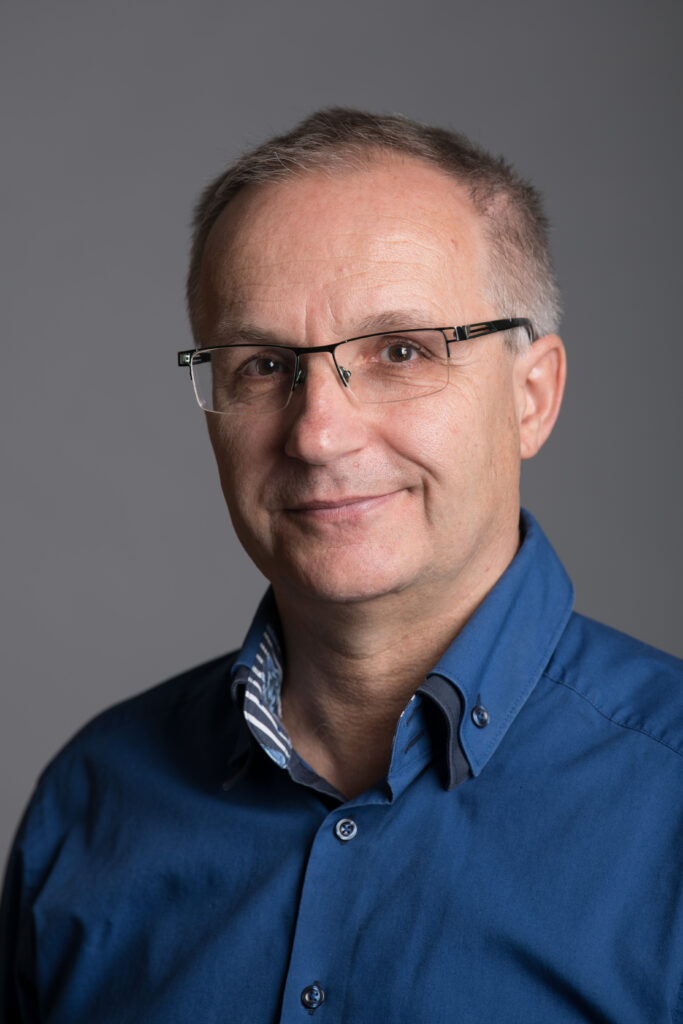
RNDr. Stanislav Kamba, CSc., DSc.
Stanislav Kamba studied solid state physics at the Faculty of Mathematics and Physics of Charles University, Prague. Later he was a post-doc at ETH Zurich, Switzerland and at Würzburg University, Germany (Humboldt scholarship).
He is presently deputy head of the Department of Dielectrics, Institute of Physics of the Czech Academy of Sciences in Prague. S. Kamba studies dynamics of ferroelectric and multiferroic phase transitions using low-frequency dielectric, microwave, THz, infrared, Raman and inelastic neutron spectroscopies.